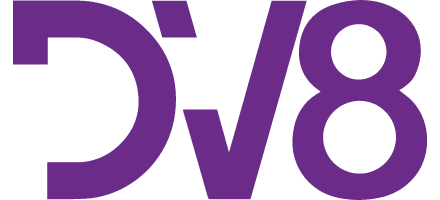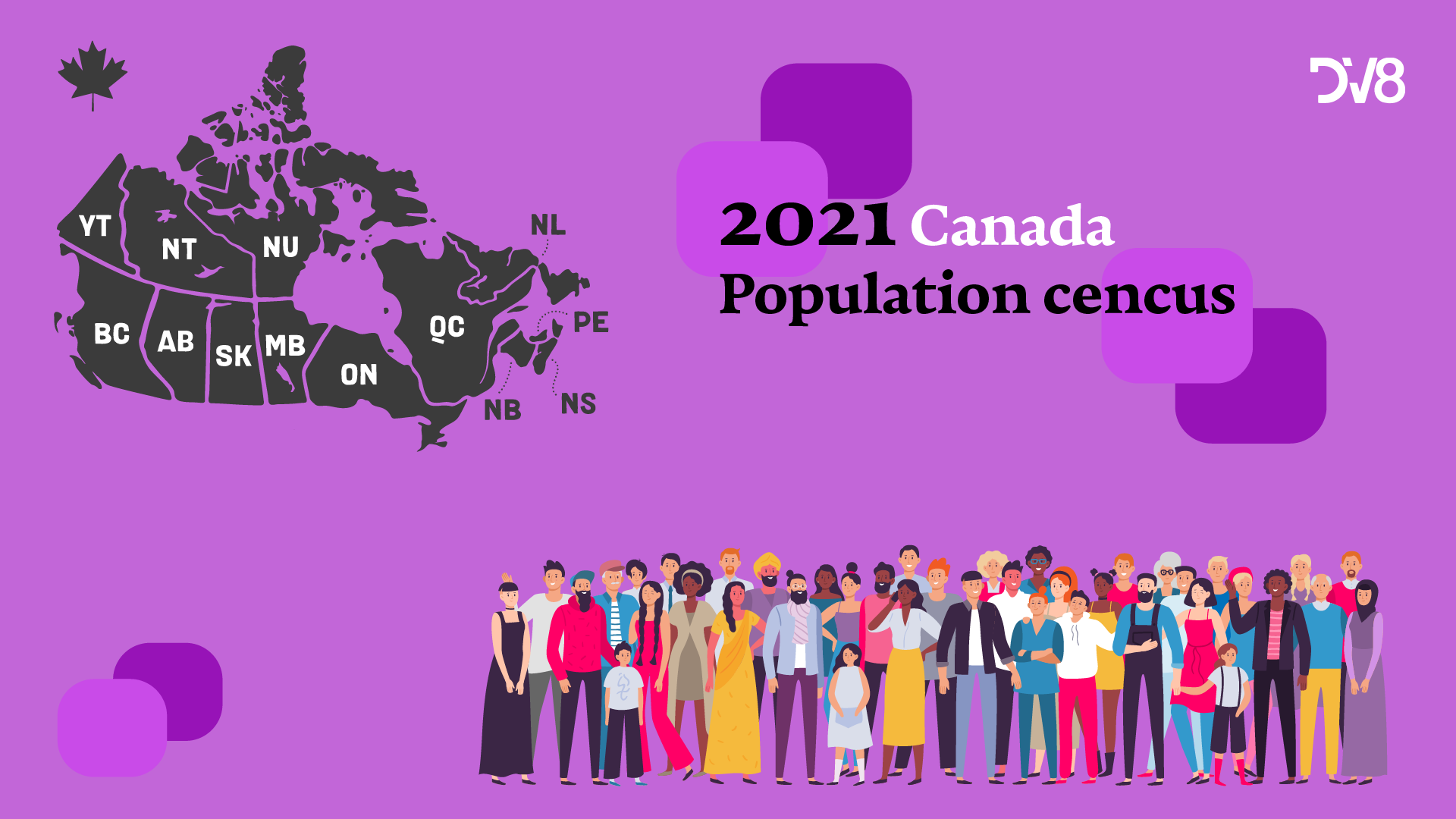2021 Canada Population Census: Language Diversity in Canada
If you are marketing in North America, one thing that determines success is being aware of the country’s demographics. North American countries like Canada and the USA are places known for their multicultural landscape. And effective multicultural marketing is crucial for marketing success in Canada and the USA.
However, when we say “multicultural”, we don’t just mean cultural traditions, like festivals or lifestyle. These certainly are extremely important when doing multicultural market research. But when it comes to multicultural marketing, one aspect that often gets neglected is language. And by extension, language diversity.
Language is not only a key part of culture. It determines how we communicate in day-to-day life. In marketing, the kind of language we use directly decides its effectiveness. Therefore, when talking about multicultural marketing in Canada, the role of language becomes even more crucial.
Recently, new data for the latest 2021 Canadian Population Census came out! The linguistic profile of the country has been released. Let’s take a look at the details, and what the 2021 Canada Population Census means for multicultural marketing.
What the 2021 Canada Population Census Says
The 2021 Canada Population Census records a total population of 36,620,955 people in the country. The Census also recorded hundreds of different languages, including indigenous languages, Chinese languages, South Asian languages, Indo-Iranian languages, and many more.
In this census, English and French were defined as official languages, and all other languages were identified as non-official. From 2016 to 2021, there had been a notable increase in speakers of non-official languages.
Out of the total Canadian population, 16,513,755 reported having a non-English mother tongue. Out of this category, 9,033,185 have a non-French native language. This means that a whopping 25.5% of the entire Canadian population has a mother tongue that is not an official language.
When it comes to knowledge of languages, the 2021 Canada Population Census saw a total of 683,820 people, 1.9% of the entire population, that did not report having any knowledge of English.
Here is a list of the top 10 non-official languages with the most people with knowledge of the language:
- Spanish: 1,171,450
- Mandarin: 987,300
- Punjabi (Panjabi): 942,170
- Arabic: 838,045
- Hindi: 761,425
- Tagalog (Pilipino, Filipino): 737,565
- Cantonese: 724,925
- Italian: 547,655
- German: 419,195
- Urdu: 414,870
It’s worth mentioning that Punjabi, Hindi, and Urdu are predominantly spoken by the South Asian communities in Canada; Mandarin and Cantonese are spoken by Chinese communities; Spanish and Tagalog are mostly spoken by the Filipino communities.
The 2021 census also recorded that about 4.6 million Canadians predominantly speak a language other than English or French at home. In other words, 12.7% of the Canadian population speaks a non-official language regularly at home. This is important because speaking a language regularly at home indicates voluntary regular usage of that language by people.
Here is a list of the top 10 languages with the most people regularly spoken at home:
- Mandarin: 530,945
- Punjabi (Panjabi): 520,390
- Cantonese: 393,430
- Spanish: 317,365
- Arabic: 285,915
- Tagalog (Pilipino, Filipino): 275,045
- Urdu: 158,040
- Russian: 125,780
- Korean : 125,525
- Iranian Persian: 125,840
As you can see, more than half a million Canadians predominantly speak Mandarin or Punjabi at home. The third place is Cantonese, another highly popular language amongst Chinese people.
One thing worth noticing is that during 2016 to 2021, the number of Canadians that regularly speak a non-official language at home rose by 16.0%, going from 4.0 million to 4.6 million. Out of which, here are 5 non-official languages that saw the largest increase of speakers from 2016 to 2021:
- Malayalam (increase by 129%, totalling 35,000 speakers in Canada)
- Hindi (increase by 66%, totalling 92,000 people)
- Punjabi (increase by 49%, totalling 520,000 people)
- Turkish (increase by 48%, totalling 28,000 people)
- Gujarati (increase by 43%, totalling 92,000 people)
Why Does This Matter?
So, what does all of this mean, and why should you pay attention to it?
Well, multicultural marketing is all about marketing toward a group with a widely varied set of cultural backgrounds. This means that the fundamental goal is connecting your brands, products, goods and services with the community. And there is no connection without effective communication, which requires language to do so.
The data on the 2021 Canada Population Census on languages is essential to understanding the full picture of Canada’s linguistic landscape. And as the census shows, people in Canada speak much more languages than just English. For two communities that are culturally or linguistically different, effective communication is required for communication and understanding to happen.
But language isn’t just crucial for mere understanding communication. And marketing in a non-English language is not just helpful for people who don’t speak English. It also develops closeness and cultural understanding. For example, many Canadians prefer speaking in a non-English language (such as their mother tongue), which can be reflected by them speaking it often at home. Marketing in the language they like is a form of inclusivity.
If you market in someone’s mother tongue, it would be like your brand is “speaking their language”, so it fosters a kind of intimacy between your brand and the community. After all, language is a key part of culture. In-language marketing is an effective way to add cultural relevance to your marketing campaigns. This is why DV8 Communication offers transcreational services and strategies for multicultural marketing campaigns.
Therefore, to help your brand actually reach the multicultural communities you’re targeting, you have to market in a language that not only they understand, but understand in a better and culturally deeper way.
So, are you still under the impression that marketing done in English is enough? Do you still believe language diversity is unimportant in marketing?
Hopefully, the newly released data of the 2021 Canada Population Census has changed your mind. The language diversity will increase as immigration increases. Therefore, don’t miss out on multicultural marketing opportunities because there are many more to come in the near future.
Do you know the importance of language in Marketing? DV8 breaks barriers.




Parry
Worth reading 🙂
Steve Rogers
The stats are surprising. Interesting blog.
Jahangir Alam
It was always written on the walls everywhere – but now getting worthwhile attention!
Nick
Crisp and Informative!! This really helps in understanding how the future is shaping!!
Ambereen
Our Marketers need to relook at Marketing to Multicultural Canada with a fresh outlook.
Namrata
The blog is pretty insightful!
Naik Prasad
The Multicultural market is growing exponentially. Interesting numbers!